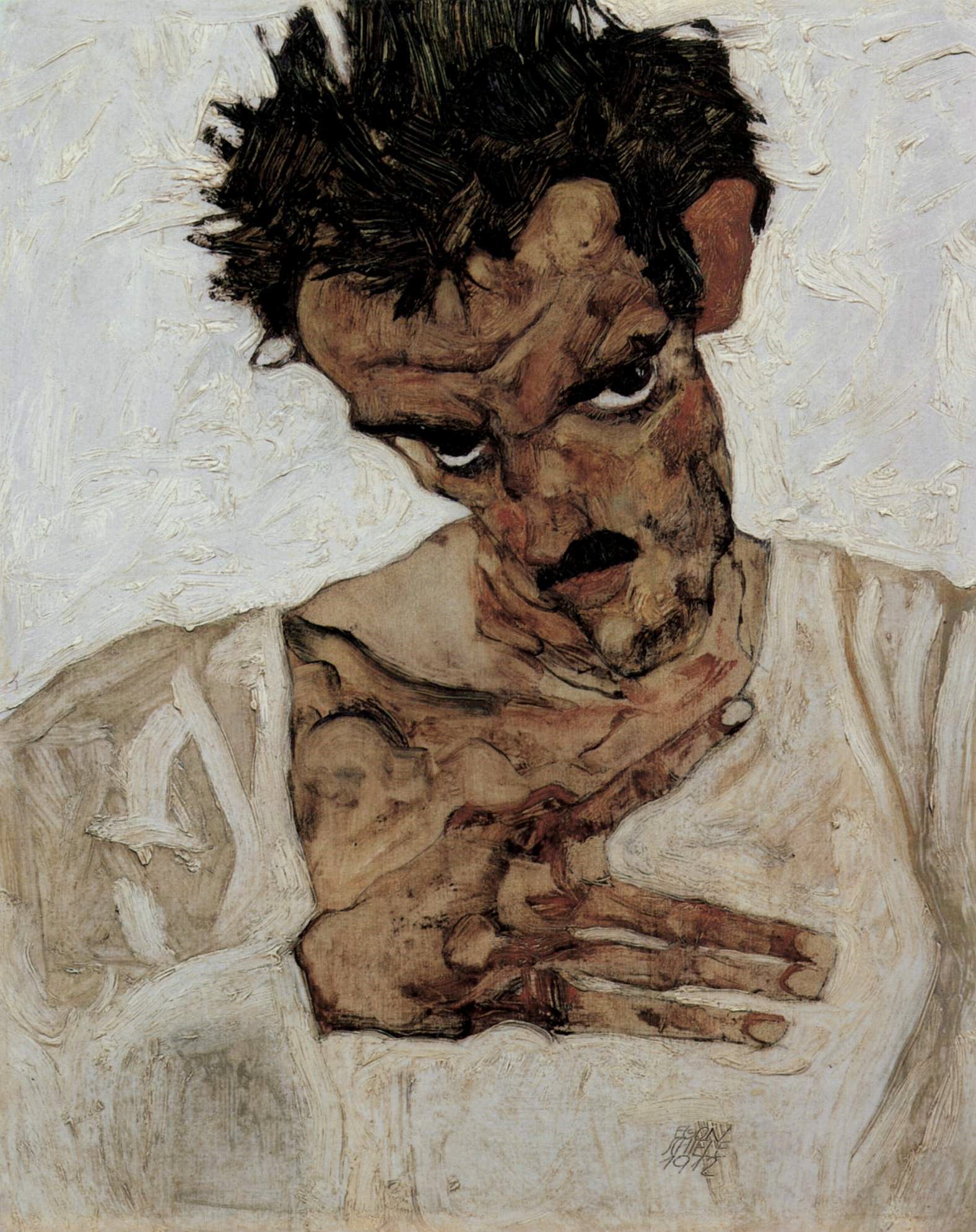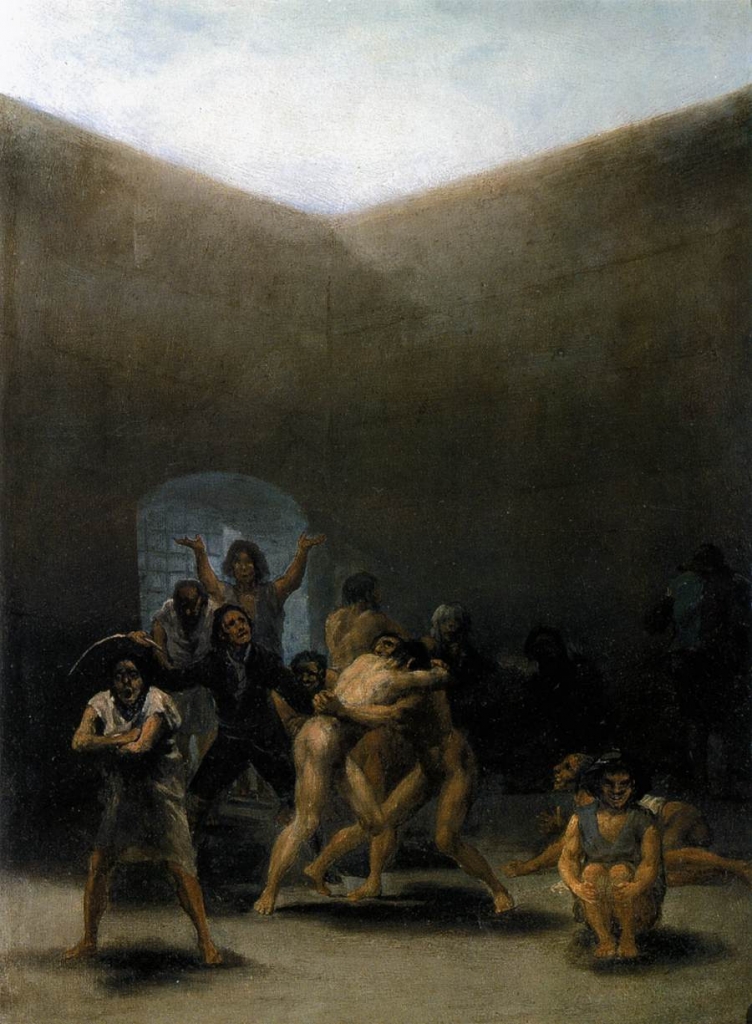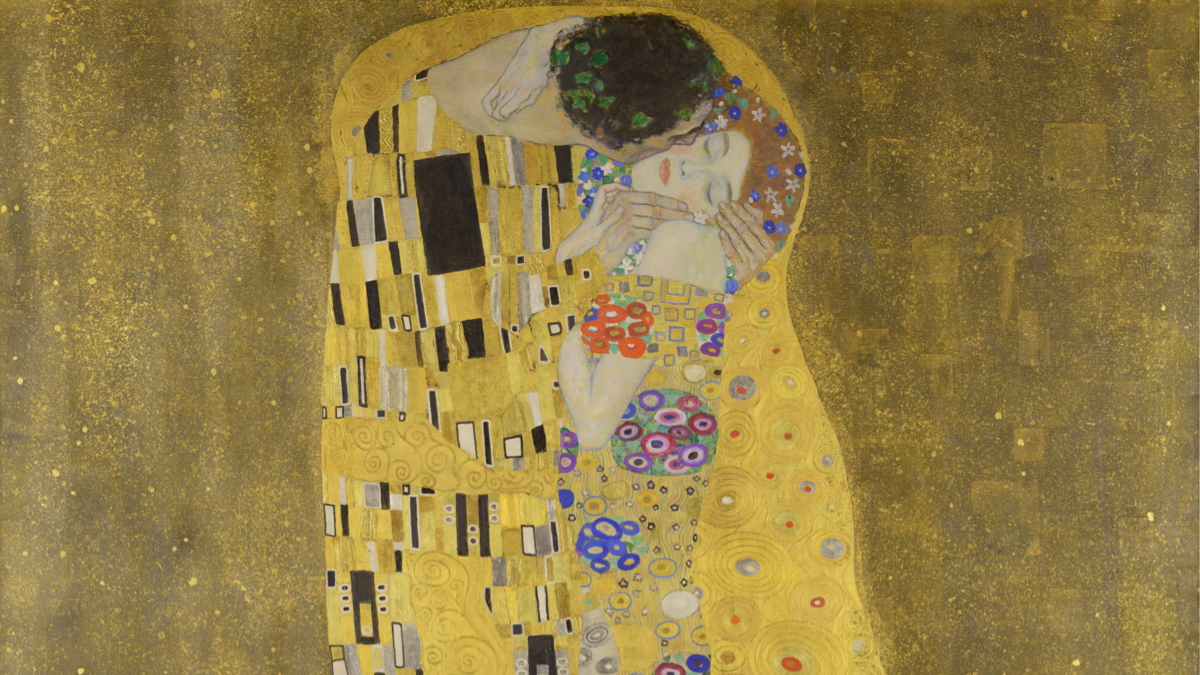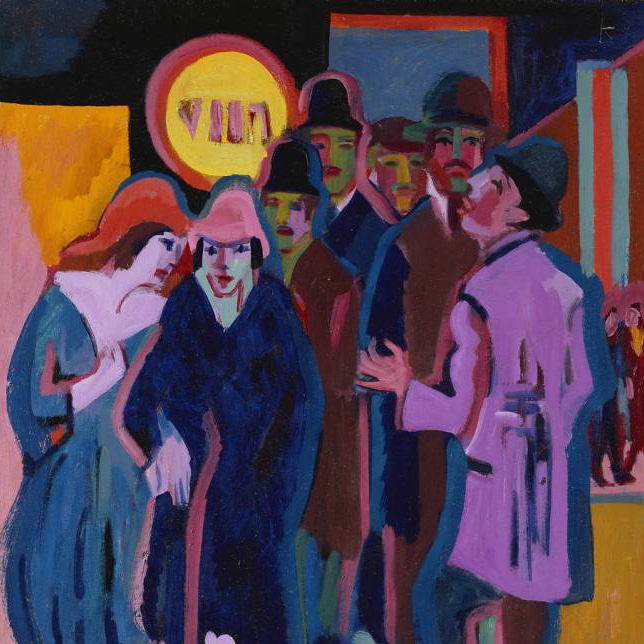
Insanity and art
To explain representation of insanity in art, we must first study painting. Numerous pictorial works reveal valuable information to historians about society in their time. Paintings that represented insanity depict how a madman, marginal character was perceived by contemporaries. Today Artsper analyses insanity and art based on three painters’ work who studied and interpreted mental illness through the ages and different viewpoints.
Jérome Bosch

In his painting La nef des fous, Jerome Bosch represents decadent clergy members sailing on a boat. Even if they are not insane per se, the composition painted by Bosch includes a number of symbolic objects that reveal their depravity and insanity. A nun and a monk, playing the mandolin, are about to eat a piece of meat by biting directly in it. On the right hand side of this debauched banquet, a man is represented vomiting in the sea. Strong criticism of clergy, Bosch exaggerates certain known immoralities of priesthood. Another element of this painting that indicates dementia is the fact that no one seems to be conducting this boat. The path of this boat is more than uncertain. La Nef des Fou is indeed a call to order addressed to a society in the midst of a religious crisis. This representation of madness is used skillfully by the painter to caricaturize ecclesiastics to denounce them.
Théodore Géricault

Part of the romantic movement, Insane Woman was painted by Theodore Géricault in 1821. The painting portrays an old woman suffering from mental illness: monomania. Monomania was considered as a form of mental illness that manifests itself on a specific point personality or is triggered by a particular situation. As the title says: here it is envy. Desire and greed causes shaking, seizures and even paranoid delirium. This painting belongs to a series of portraits of mentally disordered individuals. Her pallid face is accentuated her bulging blood-shot eyes. Her gaze is deviant and is focused on a point out of… The mouth is distorted in a horrific grin. This artwork was very advanced for its time. Indeed, during the 19th century, insanity, dementia was a shameful vice that was hidden. Mentally disturbed people were rejected and locked up in asylums that were more like prisons than medical facilities. Gericault worked on this subject with the help of two doctors. There is beyond the graphical aspect and genuine scientific research on this issue. There is no judgment of value on this woman. She is painted very realistically, nothing is accentuated or concealed that could influence the vision of the viewer.
Egon Schiele

Austrian painter from the Secession movement in the begining of the 20th century, Egon Schiele is known for his disturbing paintings of a morbid sexuality. He also did a great number of selfportraits expressing his deepest neuroses. Particularly interested in mental illnesses, he would go to psychiatric hospitals to sketch the diseased. Fascinated by body deformities, he finds inspiration in this sickened world to create his disturbed and troubled work.
Self-portrait in a jerkin with right elbow raised catches the attention by the harshness of the painters brush stroke. One of the dominant colors is a brownish dark red, a pretty aggressive and morbid color. We can also notice a strong strabismus in the eyes which emphasizes the madness in this artwork. The uncertain expression of the face, the broken down body shape and deformities, the colors… All of these elements cause the viewer very troubling emotions. Schiele tries to represent a personality disorder, a mental illness by physical distortion. Through his self-portraits, the artist is able to achieve an introspection and a self-analysis of the mind and his emotions.
Insanity in painting is a testament to the social position of the mad man in society but also a way for the artist to study his own neurosis. There is an improvement through the ages of the mentally ill. Indeed, during the 16th century, with La Nef des Fous, the insane one is depicted as a marginal, rejected and used to denounce the evils of society. Three hundred years later, with Gericault’s work, a more realistic vision of the patient is shown. Madness is less marginalized and more accepted. This evolution can be explained by humanist ideas of the 17th century. Finally, as the 20th century started, Egon Schiele proves us that psychoses can be admitted by man and is even part of his personality. The birth of psychoanalysis allows this advanced philosophy.
More Madness





About Artsper
Founded in 2013, Artsper is an online marketplace for contemporary art. Partnering with 1,800 professional art galleries around the world, it makes discovering and acquiring art accessible to all.
Learn more













